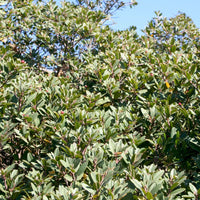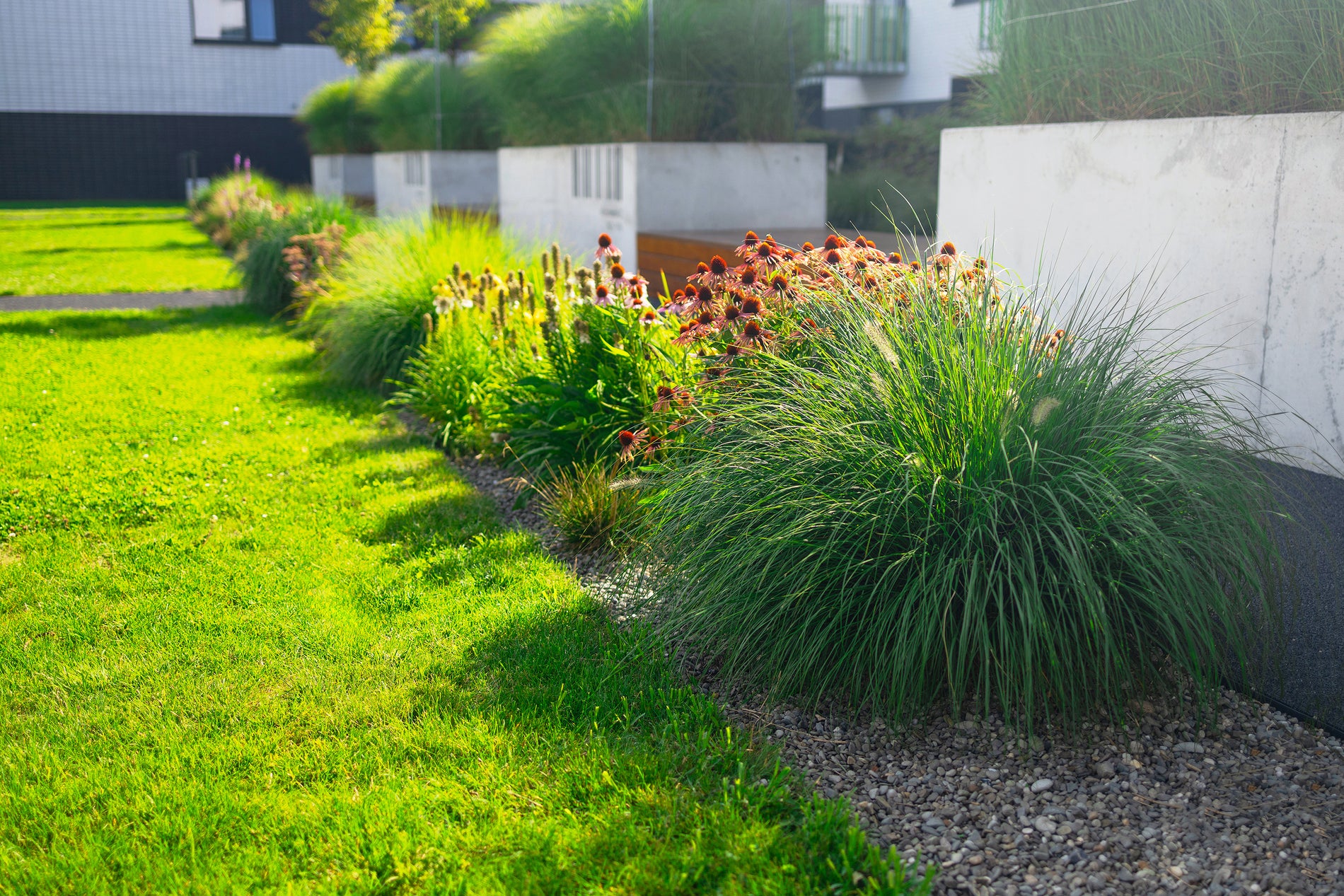Mound San Bruno Coffeeberry is a hardy, low-maintenance native shrub that thrives in various conditions. Here’s a guide to help you get started:
Choose the Right Location
- Sunlight: Mound San Bruno Coffeeberry is quite adaptable to different light conditions. It can thrive in full sun, partial shade, or even full shade, though it will be bushier and produce more berries in sunnier locations.
- Climate: This plant is native to California and is well-suited to Mediterranean climates (USDA Zones 7-10). It is drought-tolerant once established, making it an excellent choice for water-wise gardens.
Prepare the Soil
- Well-draining Soil: This coffeeberry variety prefers well-draining soil but can tolerate a range of soil types, including sandy, loamy, or clay soils. It’s not overly fussy about soil pH but will do best in slightly acidic to neutral conditions.
- Soil Amendments: If the soil is heavy clay or doesn’t drain well, consider amending it with compost or organic matter to improve drainage.
Planting Process
- Dig a Hole: Dig a hole that is about twice as wide and the same depth as the root ball. This will allow the roots to spread easily.
- Place the Plant: Remove the Mound San Bruno Coffeeberry from its container and gently loosen the roots. Place it in the hole, ensuring the top of the root ball is level with or slightly above the surrounding soil.
- Backfill and Water: Fill the hole with soil, pressing it down gently to remove any air pockets. Water thoroughly to help settle the soil around the roots.
Mulching
- Apply Mulch: Add a layer of mulch (such as wood chips or bark) around the base of the plant to help retain moisture, suppress weeds, and regulate soil temperature. Keep the mulch a few inches away from the stem to prevent rot.
Watering
- Regular Watering Until Established: Water the plant deeply and regularly during its first growing season to help establish a strong root system. This means once a week or more often during hot, dry spells.
- Drought-Tolerant Once Established: Once established, Mound San Bruno Coffeeberry is drought-tolerant and will need less frequent watering. However, during prolonged dry periods, occasional deep watering will help it stay healthy and lush.
Pruning and Maintenance
- Pruning for Shape: This variety of coffeeberry has a naturally mounding and compact form, but you can prune it lightly after it flowers to maintain its shape and encourage denser growth.
- Remove Dead or Damaged Branches: Regularly inspect the plant for any dead or damaged branches and remove them to keep the shrub healthy.
- Minimal Fertilization: Generally, this plant doesn’t need much fertilization. If desired, a light application of an all-purpose, balanced fertilizer in the spring will suffice, but it’s often unnecessary if the soil is healthy.








